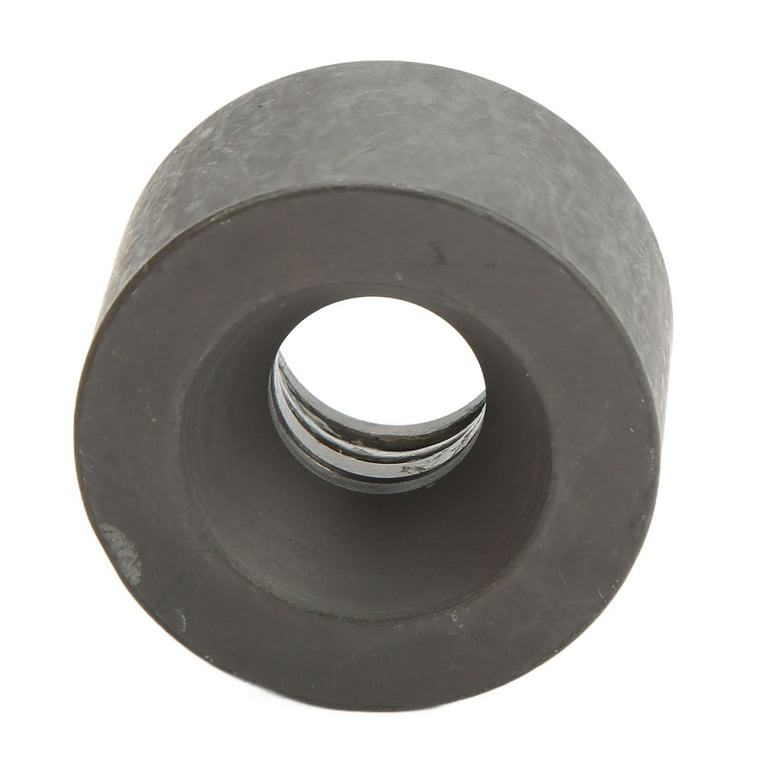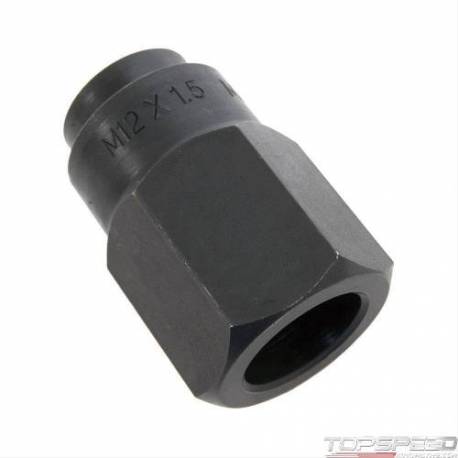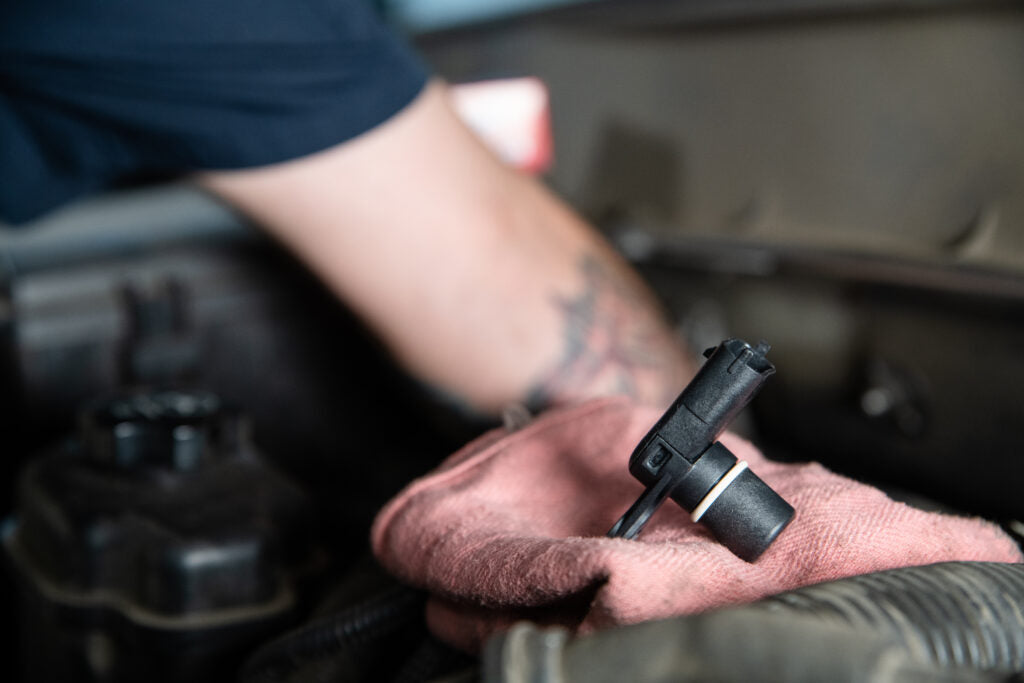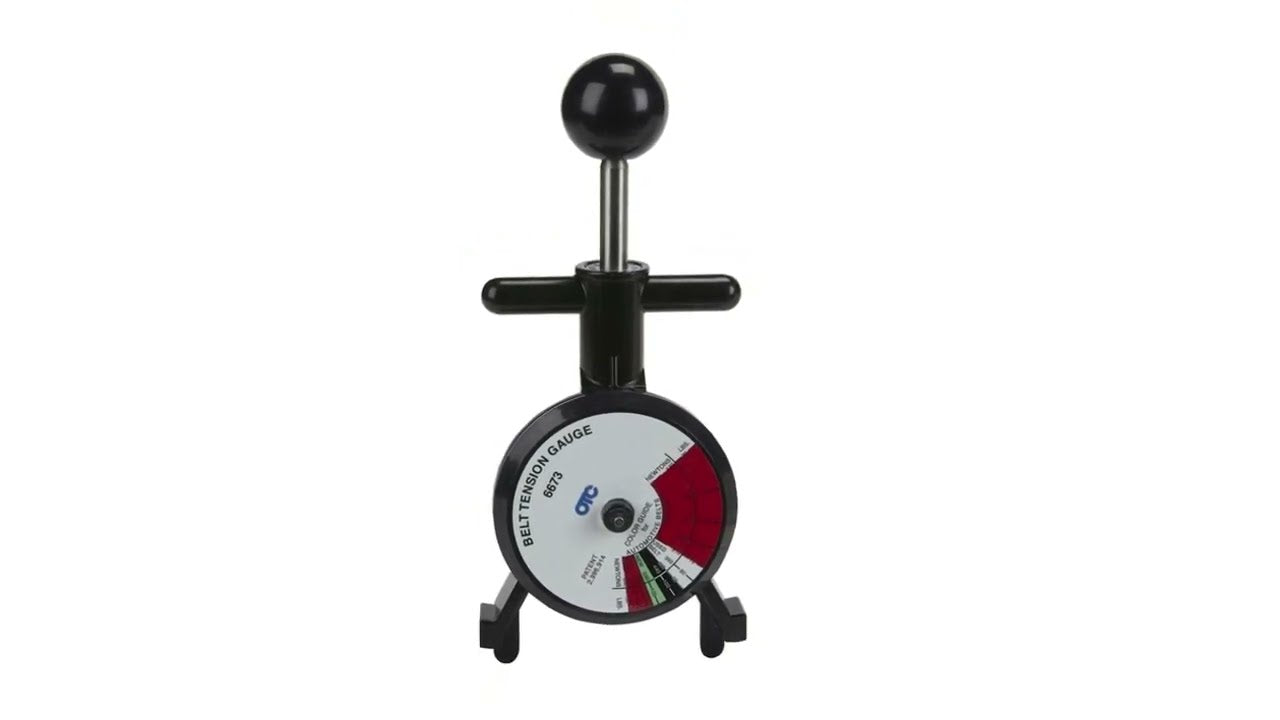Car Wheel Stud Installers An Essential Tool for Every Car Enthusiast
Car enthusiasts know the importance of having a good set of wheel stud installers in their toolkit. These small but mighty tools are essential for properly installing and securing wheel studs onto your vehicle's wheels. In this article, we will dive into everything you need to know about car wheel stud installers – from what they are, how to use them, and why they are a must-have for any car lover.
1. What are Car Wheel Stud Installers?

Car wheel stud installers, also known as lug nut installation tools, are specialized tools used to install and tighten wheel studs on your vehicle's wheels. They come in a variety of sizes to fit different types of wheel studs and are designed to make the installation process quick and easy.
Types of Car Wheel Stud Installers
There are two main types of car wheel stud installers – manual and power tools. Manual wheel stud installers require physical force from the user to tighten the wheel studs, while power tools use an electric or pneumatic motor to do the work for you. Both types have their own advantages, but for the most part, they both get the job done effectively.
2. How to Use a Car Wheel Stud Installer?

Using a car wheel stud installer is a simple process that anyone can learn. Here are the general steps to follow when using a manual wheel stud installer:
Step 1: Prepare Your Tools
Before starting, make sure you have all the necessary tools ready, including your wheel stud installer, lug nuts, and a torque wrench. Also, ensure that your vehicle is on a flat, level surface and that the wheels are securely blocked.
Step 2: Remove Old Wheel Studs
If replacing old wheel studs, use a hammer to knock them out and remove them from the wheel hub.
Step 3: Clean the Stud Holes
Thoroughly clean the stud holes on the wheel hub to remove any dirt, grease, or debris. This will ensure a smooth and secure fit for the new wheel studs.
Step 4: Insert the Wheel Studs
Place the new wheel studs into the designated stud holes on the wheel hub. Make sure they are properly aligned before proceeding to the next step.
Step 5: Use the Wheel Stud Installer
Now it's time to use the car wheel stud installer. Place the socket of the installer onto the lug nut and tighten it by hand until it is snug against the wheel stud.
Step 6: Tighten with a Torque Wrench
Using a torque wrench, tighten the lug nut to the manufacturer's recommended torque specification. This ensures that the lug nut is not too tight or too loose, which can lead to potential issues later on.
3. Why are Car Wheel Stud Installers Important?

Properly installing and securing wheel studs is crucial for the safety and performance of your vehicle. Car wheel stud installers make this process easier and more efficient, ensuring that the wheel studs are tightened to the correct torque specification. This helps prevent issues such as wheel wobbling, uneven tire wear, and even wheel detachment while driving.
Advantages of Using Car Wheel Stud Installers
- Accuracy: Car wheel stud installers allow for precise and accurate tightening of wheel studs, which is essential for proper installation.
- Time-saving: These tools make the installation process much quicker compared to manual methods, saving you time and effort.
- Durability: High-quality car wheel stud installers are made from durable materials, making them long-lasting and a worthwhile investment for any car enthusiast.
4. Common FAQs about Car Wheel Stud Installers

Q1. Can I use a car wheel stud installer on any type of wheel stud?
- A. It is essential to use the correct size and type of wheel stud installer for your vehicle's wheel studs. Using the wrong tool can lead to improper installation and potential safety hazards.
Q2. Can I replace a damaged wheel stud?
- A. Yes, you can replace damaged wheel studs using a car wheel stud installer. However, it is best to consult a professional mechanic for proper installation.
Q3. How often should I check my wheel studs for tightness?
- A. It is recommended to check the tightness of your wheel studs every 5,000 miles or whenever you have your tires rotated.
Q4. Do I need to lubricate the wheel studs before installation?
- A. No, lubricating the wheel studs is not necessary. In fact, it may cause them to loosen over time.
Q5. Can I use a power tool instead of a manual wheel stud installer?
- A. Yes, you can use a power tool as long as it is compatible with the size and type of wheel studs you are installing.
Conclusion
Car wheel stud installers are an essential tool for any car enthusiast looking to properly install and secure their wheel studs. They offer increased accuracy, save time and effort, and ensure the safety and performance of your vehicle. With the right knowledge and tools, anyone can learn how to use these handy tools and keep their wheels securely attached for a smooth and safe ride.



